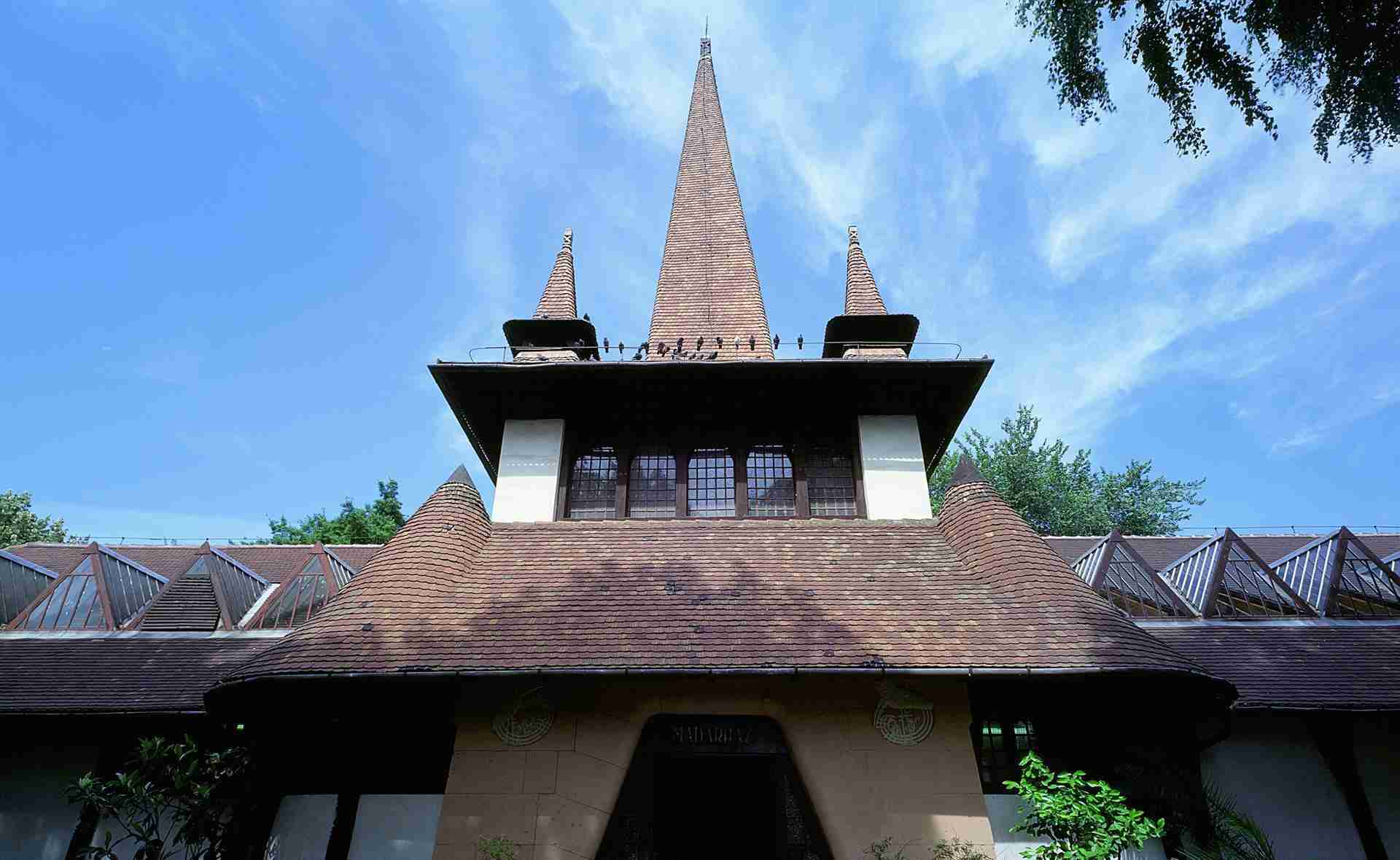10 Treurenberrg, 1000 Brussels

The name of Károly Kós is as evocative for Hungarians in Hungary as it is for those in Romania, in Transylvania. Architect, heritage defender, writer, community organizer, he represents the attachment both to the Hungarian nation and to his native country, Transylvania, and to the European architecture nourished by the popular tradition. Several disciplines claim him: architecture, art history, history of literature, historiography, ethnography, Hungarian studies. The complexity and diversity of his work may explain why no exhibition has yet been devoted to his entire oeuvre. The present exhibition is no exception, focusing on a single aspect of his work, albeit the most significant: architecture. The exhibition is divided into three parts. The first part (Architect) traces Kós' life and career up to the First World War, the period in which his most important projects were born and realized. The second part (Istanbul) gives an overview of Kós' activity in Istanbul during the First World War: the young architect avoided the hell of war and wrote, while on a scholarship from the newly established Hungarian Institute in Constantinople, the first modern monograph inspired by an urbanistic approach to the capital of the Ottoman Empire. Kós's period in Istanbul can be compared with the work of Le Corbusier, one of the most important architects of the 20th century, who at the same time was interested in the enchanting eastern metropolis. The third part (Transylvania) is devoted to Kós' post-war period: settled in Transylvania, which is now part of Romania, he organized the life of the Hungarian minority while continuing his work as an architect and expanding his literary activity. The exhibition features numerous photos and plans.
His journey is a positive and instructive example for new generations.
The exhibition is the result of a collaboration between the Liszt Institute Brussels and the Liszt Institute Paris, the Archives of the City of Budapest (BFL), the Ybl Miklós Department of Architecture of the University of Óbuda. Curators of the exhibition: Anthony Gall and István Kenyeres (BFL). With the collaboration of Beáta Fabó (BFL).

